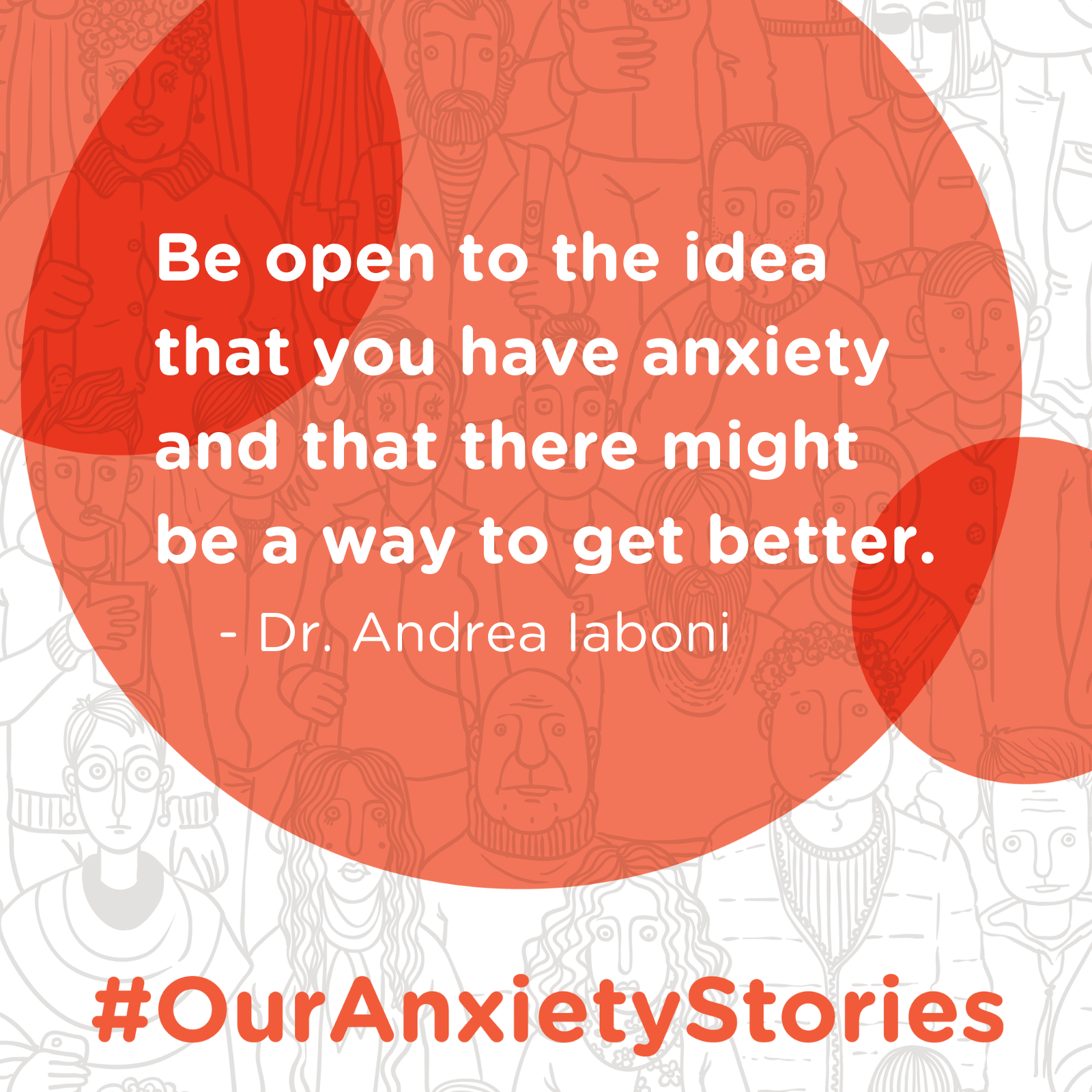Anxiety in Older Adults
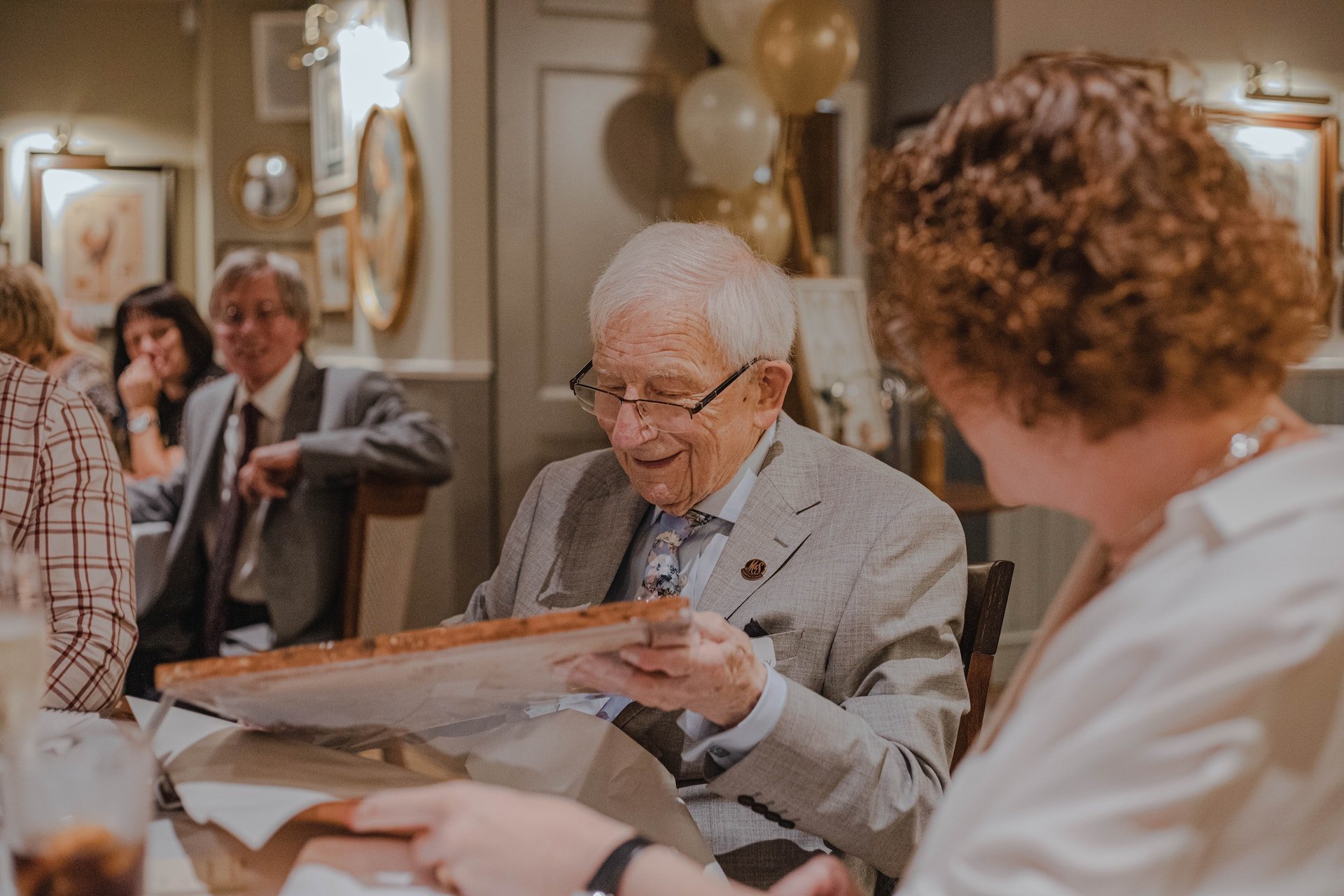

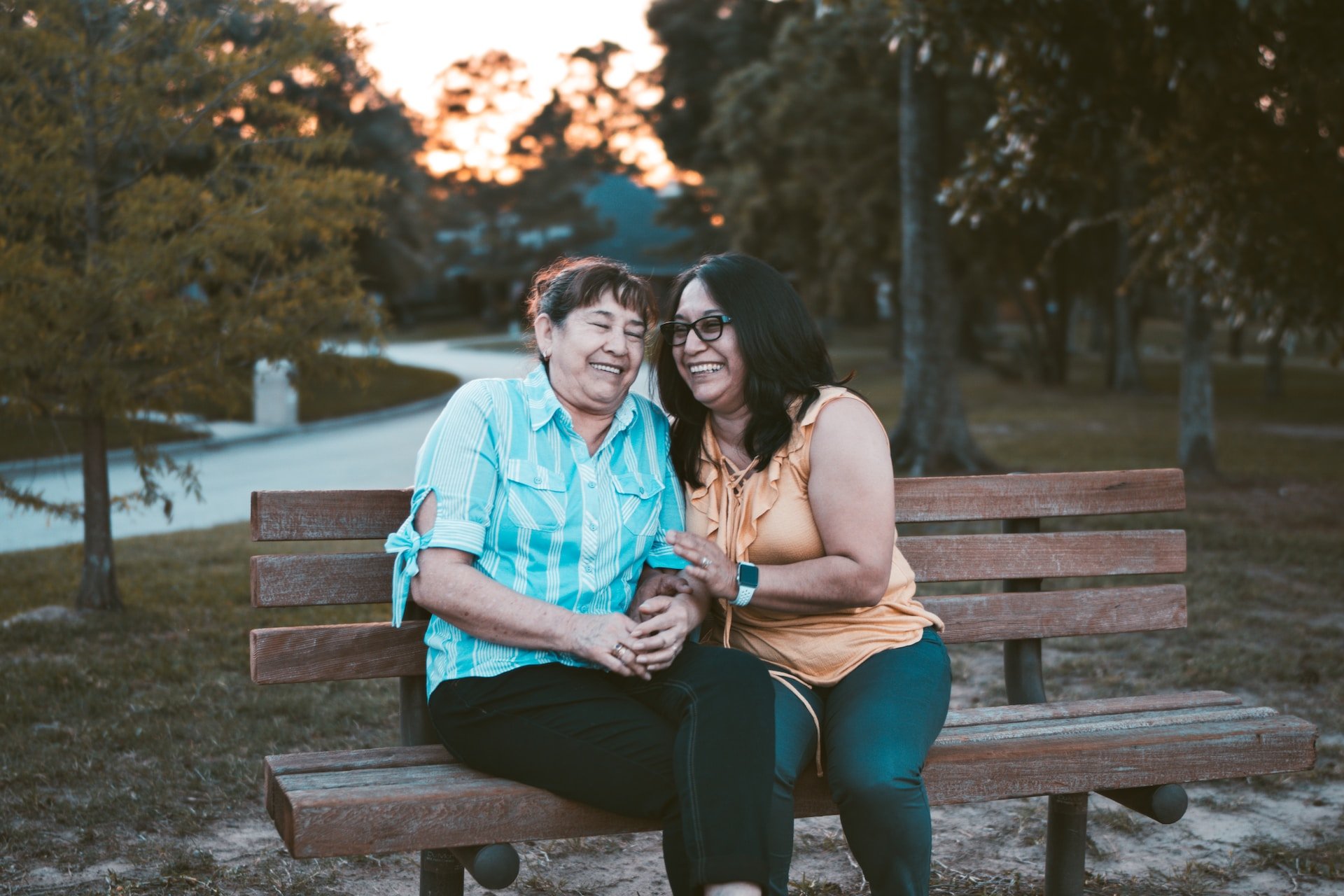

Anxiety in Senior Populations
Getting older brings about a lot of changes, some that are positive and some that are stressful. In small amounts, stress and anxiety can help you to stay alert to risks and motivate you to take action. However, longer lasting anxiety can be a warning signal about your stress level.
Anxiety symptoms, such as worry, nervousness, or panicky feelings, which last for weeks or months at a time, and which get in the way of living your life, are not a normal part of getting older. It is important to know when and who to ask for help.
Anxiety can occur at any age
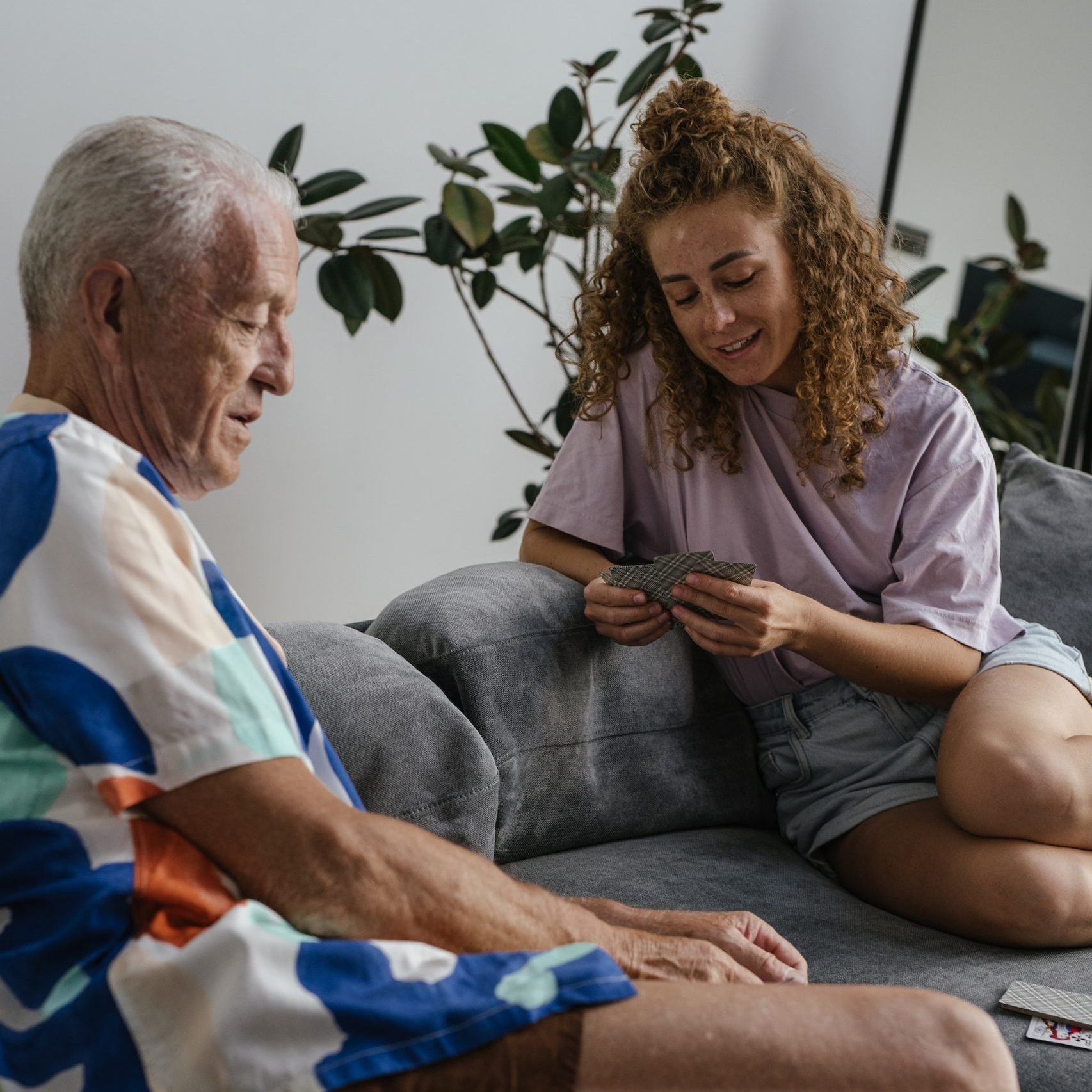
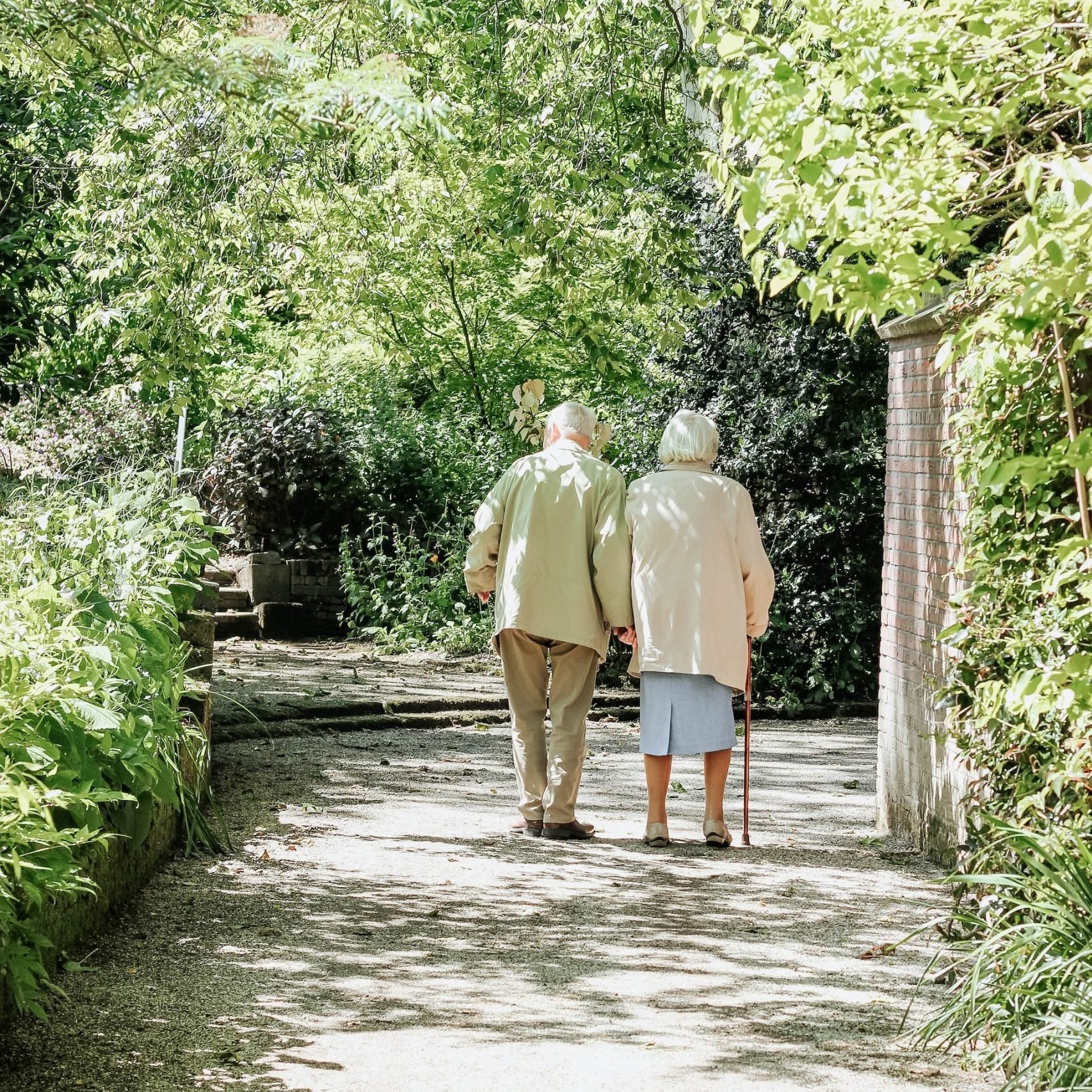
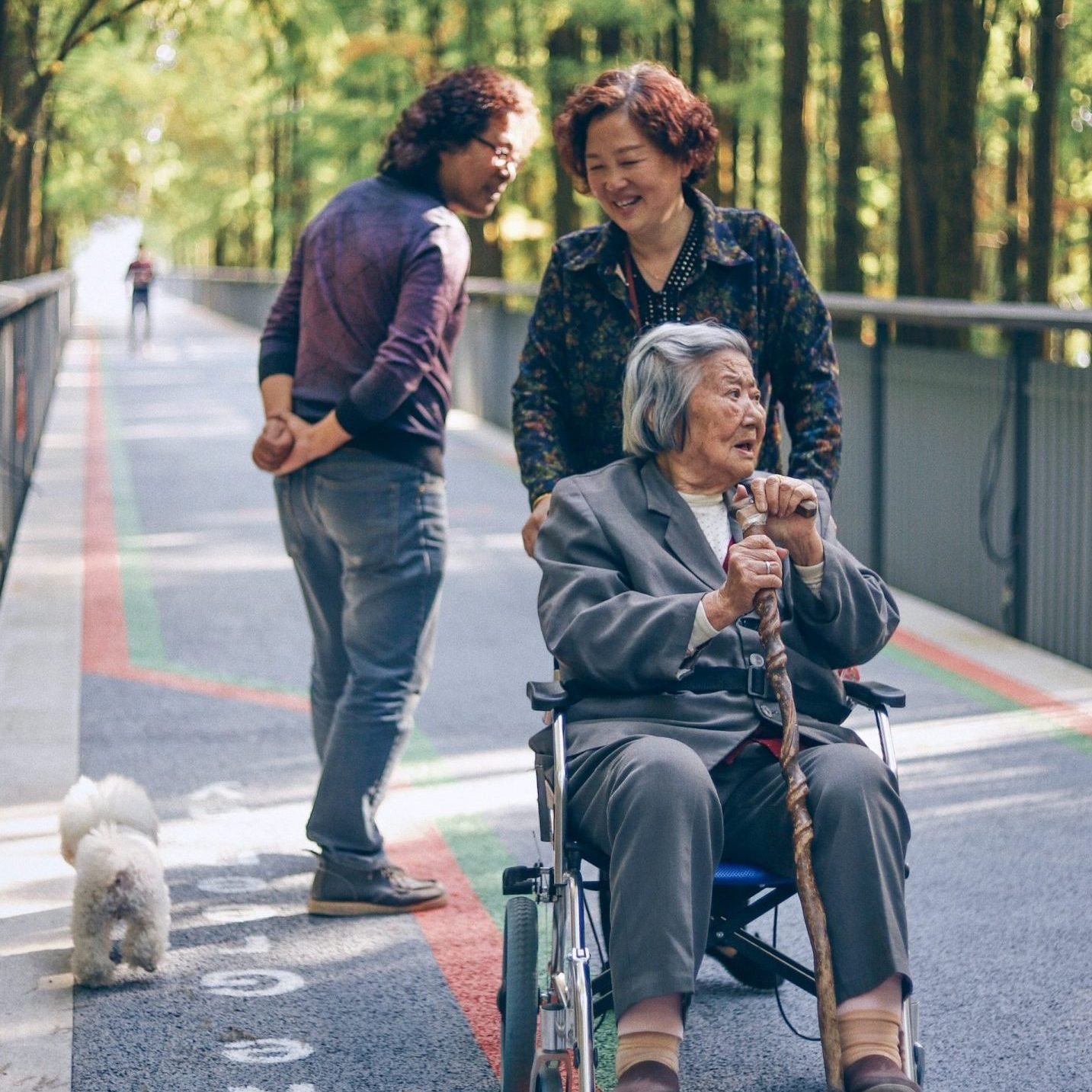
Some describe older age as ‘the golden years,’ a fresh new chapter in life marked by the freedom of retirement and exciting possibilities; however, in reality, older age can introduce more stressors and hurdles to overcome. Experiencing big changes can worsen anxiety experienced earlier in life or even bring out new anxiety issues related to older age… but it doesn’t have to be this way!
If you or someone you love is struggling with anxiety in older age, know there is hope! Mental health specialists are learning more every day about older adults and there are excellent treatments available to help.
Read on to learn more about anxiety in older adults.
Excessive anxiety is not a normal part of aging, but many older adults may develop anxiety as they experience transitions and enter a new chapter in life.
In this episode of #OurAnxietyStories – The Anxiety Canada Podcast, Anxiety Canada’s Mark Antczak interviews Dr. Andrea Iaboni, a geriatric psychiatrist, scientist, and an Associate Professor of Psychiatry at the University of Toronto. She is the co-lead a project by the Canadian Coalition for Seniors’ Mental Health (CCSMH) to develop clinical guidelines for the assessment and treatment of anxiety in older adults.
Dr. Iaboni recalls seeking mental health help for her father and underscores the significance of CCSMH’s upcoming clinical guidelines, which aim to bridge gaps in understanding and treatment for both health care providers and older adults and their care partners.
Why is paying attention to anxiety in older adults important?
Excessive anxiety can get in the way of enjoying your life and interfere with your day-to-day activities. It may stop you from doing things like going on a trip or out with friends—or even out for a walk. Anxiety can be like a little voice competing for your attention and distracting you from what you want to be focusing on.
You or a loved one may be tempted to think of anxiety as helpful since it’s meant to protect us. However, excessive anxiety causes suffering and hinders a fulfilling life. Though worry may sometimes feel beneficial, we must ask: Is it helping more than hurting? Many older adults suffer silently, unaware of anxiety’s impact. This is especially unfortunate since anxiety in older age is linked to disability, health risks, decreased quality of life, higher use of healthcare services, and higher risk of depression.
While that list sounds scary, remember: Anxiety can be treated, and your mental health can get better. Older adults will benefit from taking concrete steps to address anxiety and ultimately live the life they want.
How common is anxiety in older age?
The symptoms doctors look for to diagnose the most severe forms of anxiety in younger people don’t always apply to seniors. Anxiety disorders are often accompanied by physical symptoms like insomnia, fatigue, restlessness, and difficulty concentrating.
These physical symptoms may resemble another health challenge, causing medical professionals to write anxiety-related symptoms off as a physical issue; this makes it difficult to determine how common anxiety disorders are in older age.
Additionally, older adults may receive multiple prescriptions from doctors for different health issues that can cause side effects that mimic or directly increase anxiety.
Society has become much more open in recent decades to the concept of psychological suffering. All too often in the past, mental illness was thought of as a ‘weakness’ and described using cruel terms.
Even some soldiers during World War 1 were charged with cowardice when dealing with trauma and were punished rather than supported. Eventually, the concept of ‘shellshock’ was recognized, which has gradually evolved into our more modern understanding of Post-Traumatic Stress Disorder.
Those who grew up during the time of this evolving understanding of mental health may be more reluctant to come forward; they may fear judgment or causing family members to worry. Shame could cause older adults to avoid seeking help and a diagnosis of anxiety could go undiscovered, though an estimated 15% of seniors will suffer from an anxiety disorder at some point in older age.

What types of anxiety are seen in older age?
Older Adults experience all the same forms of anxiety as younger people, but some are more or less common with age. Many of these problems first start in earlier age groups and continue into old age, but some are also not first identified until later.
GAD
Generalized Anxiety Disorder (GAD) is the most common form of anxiety disorder in older age. People with GAD tend to worry about everything to the point that it is distracting and interferes with their daily lives. Worry in GAD can take many forms. To give some examples that might be in keeping with GAD:
- Calling loved ones multiple times per day to make sure they’re okay to the point that they are frustrated,
- Persistently worrying about going broke despite being reassured by everyone that finances are secure,
- Refusing to travel out of fear of something bad happening on a trip,
- Insisting on showing up hours early for appointments.
Worrying can even cause physical symptoms (e.g., insomnia, fatigue, headaches, and muscle tension). While GAD is usually a lifelong issue, it is sometimes not identified until older age. This may be because the person with the condition managed to cope with their anxiety by leaning on supports like friends, family, or the structure provided by work. Stresses that come with aging, like retirement, loss, or health problems may distance people from their support system, causing the anxiety to rise to the level of a disorder.
Phobias
Phobias (fear of snakes, fear of heights, etc.) also tend to develop earlier in life and usually decline as people age. The exception to this rule is fear of falling, which is common in seniors, especially after having a fall. Tragically, fear of falling can lead to a vicious cycle.
Someone facing this fear may avoid walking or going out because they’re afraid they’ll fall, which leads to loss of muscle mass and fitness—which then increases the risk of falling. It is important to identify the cycle and prevent it from progressing.
Agoraphobia
Agoraphobia can also create a vicious cycle. Agoraphobia is defined by a fear of going out or being caught in a place wherein getting help or getting away is difficult. People with agoraphobia find it difficult to leave their house, and sometimes will only leave if they have someone with them; many older adults with agoraphobia don’t get diagnosed because they do leave the house with a caregiver.
Agoraphobia usually accompanies other anxiety disorders, such as Panic Disorder, where someone with the condition becomes afraid of having a panic attack in public. In older adults, fear of panic symptoms in general is less common, but many fear experiencing symptoms deemed “embarrassing,” such as bladder or bowel issues or falling in public.
Because agoraphobia can also accompany fear of falling, people suffering with the condition are less likely to leave their homes to seek professional help. Their fears can also interfere with core treatments for psychological issues that involve action (e.g., getting out, socializing, exercising, etc.).
Panic
While Panic Disorder focuses on the fear of the physical sensations and symptoms themselves, panic attacks may occur as a result of other psychological issues, like depression or other anxiety disorders. A panic attack is a sudden, intense flash of severe anxiety that peaks within a few minutes and can cause uncomfortable symptoms, such as sweating, shortness of breath, racing heart, trembling, chest pain, abdominal distress, etc.
Panic attacks can result from various things (e.g., someone with an intense fear of spiders could have a panic attack due to finding a spider crawling on them). While they can occur in older age—especially in someone who has had them before—new panic attacks are not as common in older adults. Older adults often have fewer and less intense panic symptoms, and they are more likely to attribute their symptoms to a medical issue. Because panic symptoms may be linked to another health issue, it is especially important to see a doctor if you or a loved one think you are having new panic attacks in old age.
Health Anxiety
Anxiety arises in the context of medical illness in a variety of ways. As people age, they may more commonly face medical issues within their lives or the lives of their peers.
Talking about these medical issues can trigger a focus on physical sensations and hypervigilance over health, which may lead to feelings of anxiety.
Health Anxiety may involve intense fear of illness to the point of either frequently seeking reassurance from healthcare providers or avoiding them altogether out of terror of being diagnosed with a medical condition.
Anxiety can also be common for people with dementia. Some reports suggest that 71% of people with dementia will have anxiety at some point. Likewise, cardiovascular disease, thyroid disease, arthritis, chronic pain, Parkinson’s disease, diabetes, high blood pressure, lung disease, and gastrointestinal problems are associated with greater levels of anxiety.
Social Anxiety
For many, Social Anxiety Disorder (SAD) can be a lifelong challenge. People with SAD worry about being observed or scrutinized in social situations, ultimately fearing social rejection.
Social Anxiety can begin later in life if an older adult becomes self-conscious of a new physical symptom or condition, such as a tremor. Social anxiety may lead to avoidance of social situations or great distress while attending events.
Like GAD, people who grapple with SAD may go through most of their lives without it becoming apparent because they choose lifestyles or careers that keep them away from social situations.
That said, the need to move into a communal setting like a retirement or long-term care home can bring this back to the surface for an older person. Likewise, other issues like memory changes in early dementia can bring this out by ramping up fears of being judged for forgetfulness in social situations.
PTSD
Post Traumatic Stress Disorder (PTSD) is a disorder that can develop after an individual has experienced, witnessed or been repeatedly exposed to a major trauma. Learn more about PTSD here.
How can you recognize excessive anxiety in older age?
It’s easy to detect excessive anxiety if someone says that they’re anxious, but evidently, some people may not always feel comfortable expressing a psychological concern. If they are not used to opening up about mental health, they may also not know how to describe their symptoms. So, how can you recognize a problem in yourself or someone else? Look for clues.
While an older adult may not directly say that they feel anxious, they might use other descriptors, like “fretting,” “overthinking,” and having “nerves” or a racing mind.
When we suspect anxiety in older people, it’s also helpful to consider the issues people face in older age. This stage of life is characterized by many transitions. Loved ones and friends may pass away, leading to loneliness. Retirement may bring new financial worries and loss of meaning. Physical health can decline, forcing people to change lifestyles or to live with new issues like pain. These issues tend to shape the types of worries that older adults can experience.
To an extent, worrying about these themes is understandable. However, clues like extreme or excessive worry that starts to severely restrict a person’s life and day-to-day ability to get by may require further investigation.
People may also attribute their symptoms to medical issues.
Symptoms like racing heart, shortness of breath, or having an upset stomach may be due to a medical reason—or related to underlying anxiety or panic. So, frequent visits to the doctor or emergency room for the same health concern that has been well-screened and investigated could be a sign of underlying anxiety.
That said, physical symptoms like these can be due to medical issues and shouldn’t be assumed as anxiety without first being fully assessed by a doctor.
Avoidance
Another indicator that an older adult is grappling with anxiety can be avoidance, as health anxiety can manifest as an unwillingness to see a doctor or discuss medical issues.
When worry takes over, some people may start frantically avoiding things that provoke anxiety. For example, you or someone you care about could be:
• So afraid of falling that you refuse to go out to a social club you used to love….
• So terrified of cancer that you refuse to see a doctor and change the channel when the topic comes up on TV…
• Refusing to open any mail from the bank out of fear of running out of money in retirement…
Reassurance-seeking
Repetitive reassurance-seeking can also indicate that worry has become excessive. For example, you or someone you care about could be:
- • Calling family members multiple times per day to make sure that they’re safe…
- • Checking that doors are locked several times throughout the night or repeatedly checking physical signs like blood pressure or temperature…
- • Repeatedly asking people for reassurance that certain things are going to be okay…
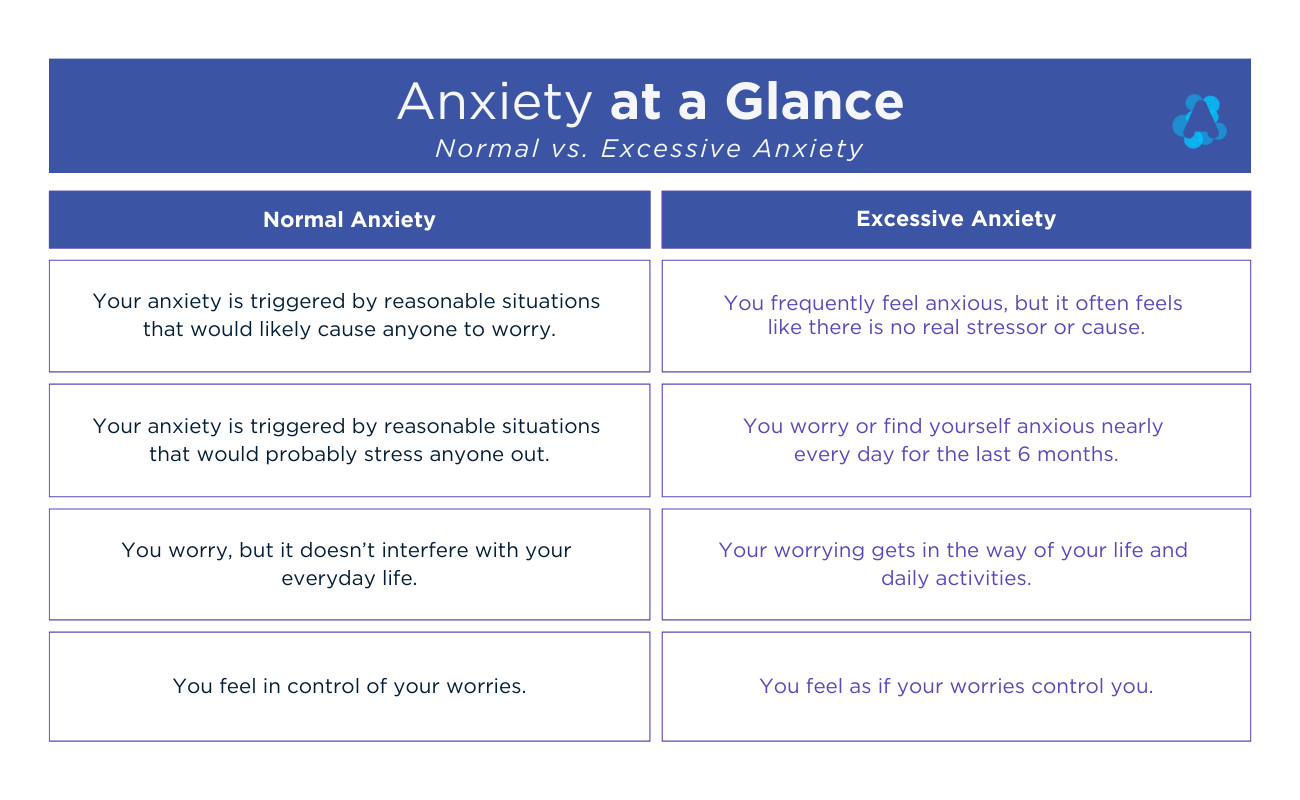

Anxiety Symptoms Checklist for Older Adults
For Older Adults and their Care Partners: If you think you might have anxiety, use this symptom checklist to help talk about it.
How can you get help for yourself or someone else with anxiety in older age?
The first step to getting help is recognizing that there are excellent treatments for anxiety at any age and that it can improve! Once you’re past that, consider that many older adults with excessive anxiety have suffered with it at various intensities throughout their lives. They may never have realized this or sought help before.
Given this, don’t be surprised if it takes some time to adjust to the idea that the anxiety is causing more harm than good and needs to be addressed or treated.
Try to be compassionate and patient with yourself or the loved one you want to support. We all have ‘blind spots,’ and though it may seem clear that a loved one has an anxiety issue, they may be oblivious to the problem.
A screening assessment from a primary care provider, like a family doctor or nurse practitioner, is always an important first step.
Professionals check to ensure that the symptoms aren’t due to another medical issue that requires attention, and they can also help patients explore treatments for anxiety. Beyond primary care, counsellors, psychologists, geriatric psychiatrists, and geriatricians are qualified to help assess and treat excessive anxiety.
Anxiety Treatment & Self-Care
Treatment itself can take many forms. As a foundation, basic education on anxiety and how it can become excessive is very helpful. Pointing someone you’re worried about to this page or other Anxiety Canada resources is a good first step.
Some people accept their situation by reading through resources and digesting the information slowly before feeling ready to approach a professional.

Self-Care
Most psychological conditions benefit from core self-care interventions.
Exercise, healthy eating, and getting a good sleep are all key to a well-balanced life; they also go a long way towards helping anxiety. Socialization, like seeking social contacts and support systems, can also help reduce anxiety and isolation.
Practices like gentle Yoga and Tai Chi can be excellent for building both physical health and greater mindfulness.

Cognitive Behavioural Therapy
Cognitive Behavioural Therapy (CBT) is effective for older adults with anxiety.
In brief, CBT is a short-term psychotherapy that helps people understand how their thinking, behaviour and mood can all influence each other.
While we see in CBT that ‘worry thoughts’ can lead to worsening mood and more isolative and destructive behaviours, the fantastic news is that we can turn this cycle on its head!
By reframing and questioning negative thoughts and challenging ourselves to face fears through behavioural experiments, we can use this cycle to our advantage, reversing negative thoughts and improving mood. To learn more about CBT, click here.

Medication
Multiple medication options can help treat anxiety in older age.
The risk of side effects and interactions with other medications is higher than in younger adults, so doctors usually prescribe lower doses to start and move more slowly with increases.
A doctor can talk through the merits of medication with you or your loved one based on your health.
While the idea of higher risks can be off-putting (especially for someone who already feels anxious), most older adults can tolerate these medications quite well, and medication can be especially life-changing for those with more severe anxiety.

Fear of Falling
Fear of falling is a special case.
When fear of falling develops, seeing a physiotherapist, geriatrician, or specialized falls clinic can be helpful to ensure that any physical cause for increased falling is well managed.
They may recommend a program that has been proven to help with balance, such as strength training, dance, or Tai Chi. Fear of falling can also respond well to CBT.
It’s important to remember the negative cycle that can arise from this fear and try to address it before it leads to more loss of strength.
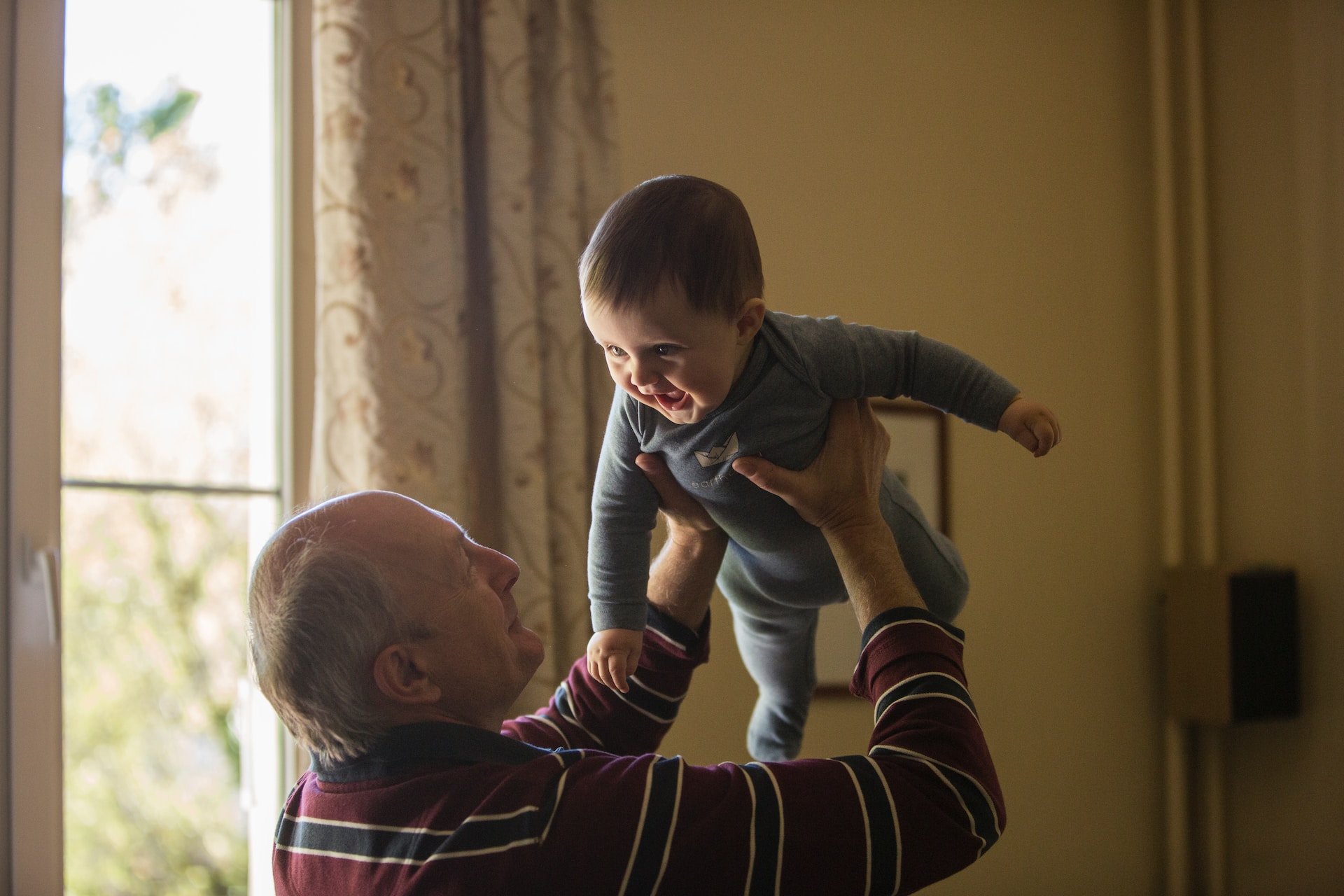
Mindfulness
Mindfulness practices for anxiety.
Mindfulness-based psychotherapies can also be helpful for anxiety.
Mindfulness is the practice of focusing the mind on what is happening in the moment in a non-judgmental way.
As mentioned, practices like gentle Yoga and Tai Chi can be excellent for building both physical health and greater mindfulness.
Mindfulness takes many different forms (learn more about mindfulness here).

Coping Tools
Other best practices for health.
Other best practices for health include trying to limit substances like caffeine, which can worsen anxiety in higher doses, and reducing use of unhealthy substances like alcohol.
Anxious older adults may find relaxation exercises easy to learn and beneficial for anxiety. Progressive muscle relaxation, guided imagery, and box breathing are excellent options; find self-help tools and learn more on Anxiety Canada’s Free Downloadable PDFs page.
Regardless of what path you take to overcome anxiety, remember that anxiety is normal, and excessive anxiety can be treated. You are not alone, and things can improve.
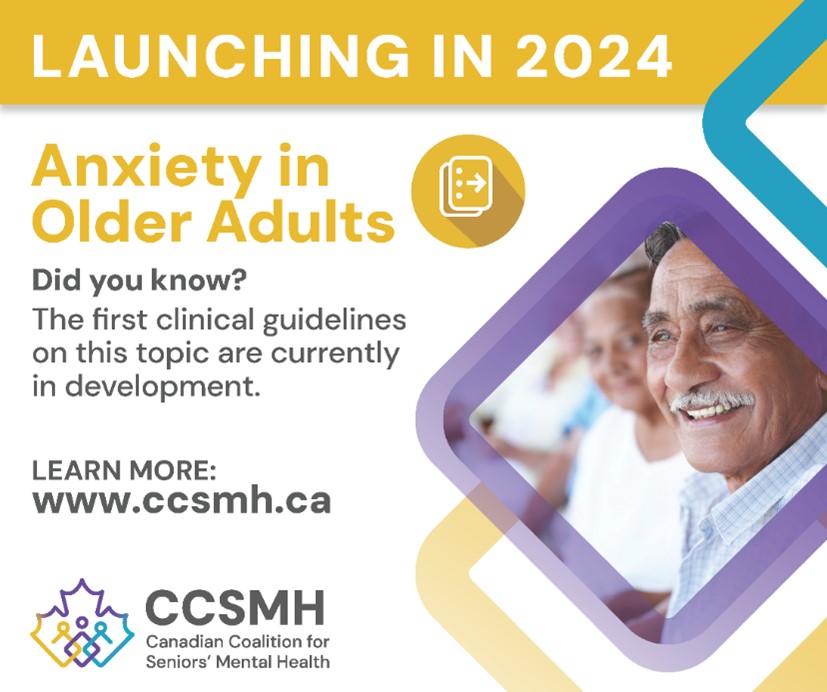
Information for Older Adults and Care Partners with CCSMH
The Canadian Coalition for Seniors’ Mental Health (CCSMH) is currently developing national guidelines for anxiety among older adults. These guidelines are the first of their kind in Canada and will establish best practices for anxiety in older adults. Learn more about the guidelines here.
The CCSMH is engaging with older adults and care partners, health care providers, and community organizations across Canada to deliver clinical guidelines that will help support health care professionals with the assessment and treatment of anxiety in older adults.
Additional resources stemming from the guidelines will also be produced to empower older adults to take steps to support their mental health and well-being,
Questions? Contact [email protected]
Thank you to Dr. Paul Blackburn, who prepared this resource with support from Dr. Maureen Whittal and Dr. Andrea Iaboni.
We want to extend a special thanks to our Lived Experience Panel of Older Adults for their review and input.
Content Sources
American Psychiatric Association. Diagnostic and Statistical Manual of Mental Disorders. 5th ed. Washington D.C.: 2013.
Kendrick D, Kumar A, Carpenter H, Zijlstra G, Skelton DA, Cook JR, Stevens Z, Belcher CM, Haworth D, Gawler SJ, Gage
H, Masud T, Bowling A, Pearl M, Morris RW, Iliffe S, Delbaere K. Exercise for reducing fear of falling in older people living in the community. Cochrane Database of Systematic Reviews 2014, Issue 11. Art. No.: CD009848. DOI: 10.1002/14651858.CD009848.pub2
Ramos K, Stanley MA. Anxiety Disorder in Late Life. Clin Geriatr Med (2020) 36:237-246.
